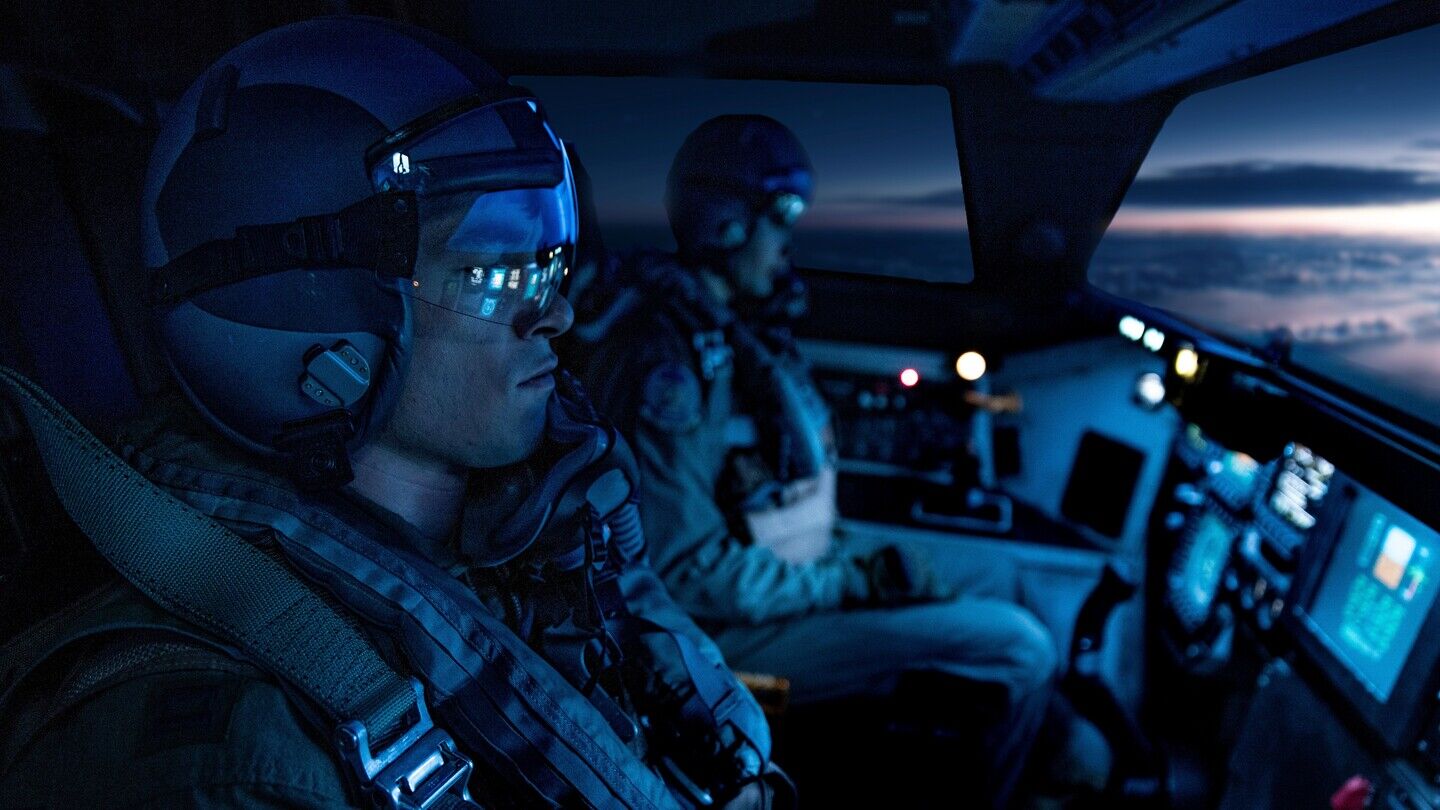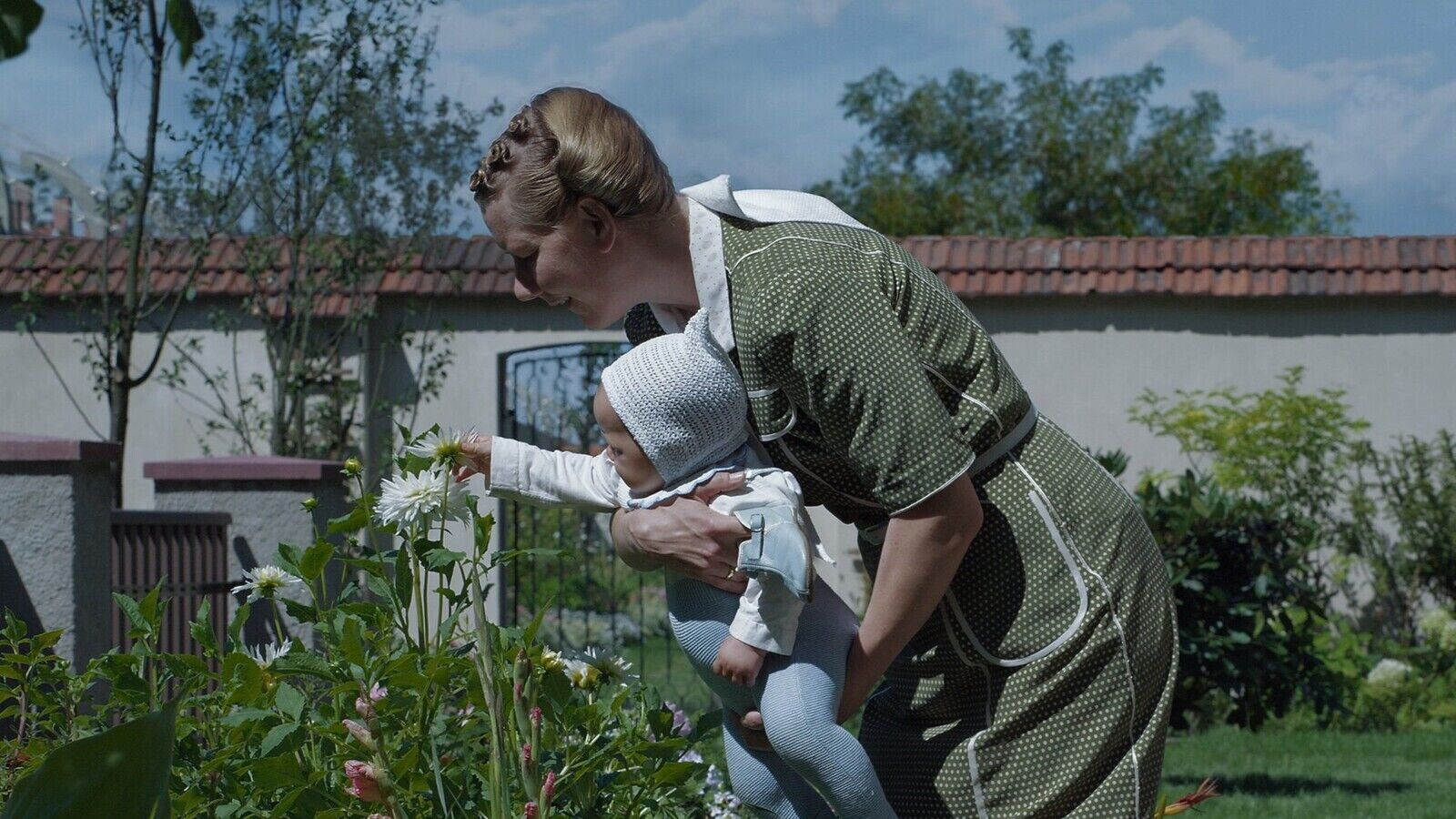The cinematic adaptation of a Martin Amis novel juxtaposes mundane everyday life with the horror of Auschwitz using thermal vision and audio, among other narrative devices, reports Adrian Pennington.
The bureaucratic designation “zone of interest” [interessengebiet in German] was used by the Nazi SS to describe the 40 km2 area immediately surrounding the Auschwitz concentration camp on the outskirts of Oświęcim, Poland. Used by the late Martin Amis for the title of his 2014 novel and retained by writer-director Jonathan Glazer (Sexy Beast) for his long-gestating cinematic adaptation, The Zone of Interest maps the geographical and psychic terrain of the Auschwitz administrators home and work lives with chilling precision.
“We wanted the camera to be like an eye,” explained Lucas Żal, the two time Polish Academy Award nominee (for Ida and Cold War) who shot Glazer’s film.
In the novel, Amis had based the villainous character of Paul Doll — a camp commandant stationed at a fictional version of Auschwitz — on Rudolf Höss, the long-serving Nazi officer widely acknowledged as one of the architects of mass extermination. (He was even credited with pioneering the use of Zyklon B gas.)
Staggeringly, the Höss family home shared its garden wall with the death camp. It was this fact that...
You are not signed in
Only registered users can read the rest of this article.

TNT Sports and The Ashes: “We need to be at the heart of the story”
TNT Sports takes a hybrid approach as England’s cricket team heads down under with a sporting chance of returning with a little urn. Adrian Pennington reports.

Behind the scenes: Frankenstein
Cinematographer Dan Laustsen tells IBC365 why he and Guillermo del Toro turned the classic nightmare, Frankenstein, into a love story of ice and warmth between father and son.
Behind the scenes: Good Boy
From casting his own dog as the lead to shooting at a dog’s eye level, first-time Feature Director Ben Leonberg has perfected a filmmaking process built entirely around a pet. The result? Critical acclaim and a viral smash for horror season.

Behind the scenes: A House of Dynamite
Filmmaker Barry Ackroyd reveals how his camera work takes audiences inside the command bunker and gives them no control over the final countdown to nuclear Armageddon.

Behind the scenes: Train Dreams
Editor Parker Laramie explains how frontier drama Train Dreams walks the line between naturalism and magical realism.



